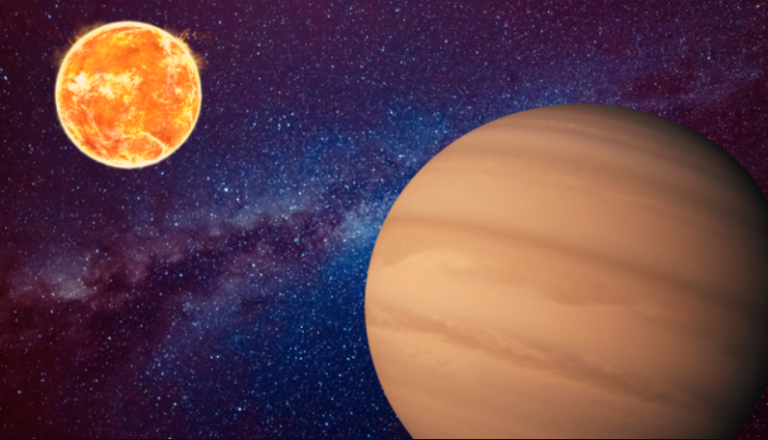Exoplanets Resembling Jupiter Suggest That Our Solar System Might Lack Uniqueness
Our solar system might not be an unusual cosmic occurrence.
New Study Suggests Jupiter-Like Planets Are Common Near Our Solar System, Particularly Around Sun-Like Stars
If subsequent observations support this hypothesis, it would imply that our solar system’s configuration is not as rare as traditionally believed.
The formation environment of our solar system remains a topic of debate, with two leading theories. One posits that it originated in a metal-rich environment due to the influence of a nearby supernova that deposited heavy elements into our young solar system. The other theory suggests that our sun formed in a low-density molecular cloud of gas and dust.
The recent discovery that Jupiter-like gas giants are prevalent around sun-like stars in close proximity lends support to the idea that our solar system took shape in a calm, low-density setting,” explained Raffaele Gratton, the lead author of the study and a researcher at the Padua Astronomical Observatory in Italy. “Further extensive research in the future may provide more clarity on this matter.
To reach their conclusions, Gratton and his team analyzed data from a nearby cluster of stars known as the β Pic Moving Group (BPMG), which is situated about 130 light-years away from Earth. This cluster comprises 146 stars believed to have originated from the same molecular cloud at roughly the same time, indicating they likely share similar chemical compositions.
Prior studies had already identified four Jupiter-like planets around stars in this group. However, the recent study focused on 30 stars that were approximately 0.8 times more massive than our sun, revealing that 20 of them likely host stable Jupiter-like planets in orbit.
The existence of gas giants around these stars is surprising, as all 30 stars studied are only around 20 million years old, significantly younger than our sun, which is estimated to be about 100 million years old when Jupiter formed.
Detecting these Jupiter-like planets is challenging due to their vast orbital distances from their host stars, similar to how Jupiter orbits at a considerable distance from our own sun. These distant orbits mean that these planets can take decades to complete a single orbit.
Telescopes observing such systems must collect data over several decades to capture the rare occurrence of a planet passing in front of its star, an event known as a ‘transit.’ These transits are identified by brief dimming of the star’s brightness as the planet crosses in front of it, currently the most conventional method for exoplanet detection.”
The extended orbits of Jupiter-like planets make it difficult to gather sufficient transit data, as a minimum of three transits is typically required to confirm the presence of a planet,” Gratton explained.
Reflecting on the progress made in exoplanet research, Gratton noted, ‘Just thirty years ago, we had no knowledge of any planets beyond our solar system. Therefore, it is not surprising that we still face challenges in discovering certain classes of planets. At present, we can only detect the most massive Jupiter-like planets.
As an example, earlier this year, researchers had a glimpse into a developing planetary system located 5,000 light-years away from Earth. This system featured dust formations that could potentially evolve into gas giants resembling Jupiter.
The new research is described in a paper published Tuesday (Oct. 16) in the journal Nature Communications.
This article is republished from SpaceCom under a Creative Commons license. Read the original article.
Do not forget to share your opinion with us to provide you with the best posts !




0 Comments